Recently we covered how you can manage symbolic links in Windows 10 using its built-in tools. If you use only the built-in tools, you have to deal with the command line. Today, we will try a third party freeware tool which simplifies symbolic link management using a nice GUI. Let's see what it offers.
Advertisеment
Link Shell Extension is a freeware application which allows to you to create hard links, symbolic links and directory junctions using the context menu of File Explorer. Once installed, it also makes Explorer show different icons for hard links and symbolic links, so you can easily identify if a file is a link. If you had read the previous article, you might be knowing that it is not easy to identify hard links and symbolic links without any tools.
To use Link Shell Extension, you need to install it first. Point your browser to the following page:
There you will find the application setup program and the required Visual C++ runtime. Install the runtime first and then install the application, as the download page recommends.
Once installed, the application becomes integrated with the Explorer shell. Here is how you can use it to create a new file system link.
Create a link to a folder
To create a new symbolic link or a directory junction for a specific folder, you need to do the following.
- Right click the desired folder and select Pick Link Source:
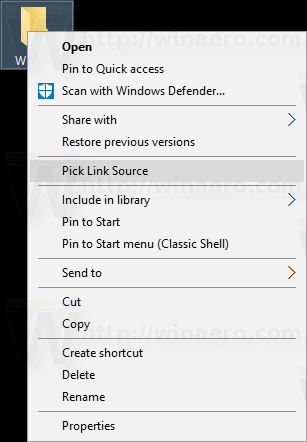
- Now, right click in an empty area in the target folder where your new link will be placed. You will see a new submenu "Drop as" which has a number of options including directory junction and symbolic link:
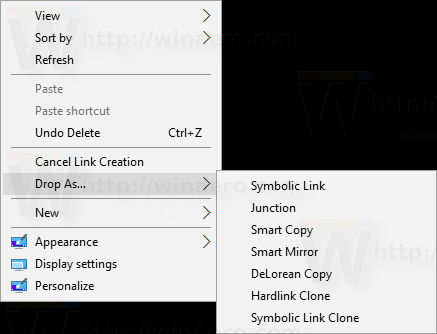
- Confirm the UAC prompt which will appear on the screen:
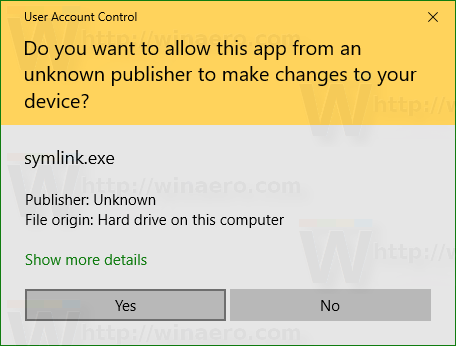
- The result will be as follows:
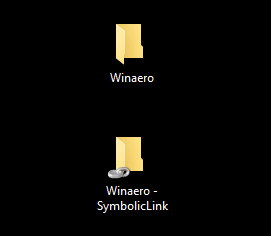
Now you can rename it.
The same way you can create a new link for a file.
- Right click the desired file and select Pick Link Source:
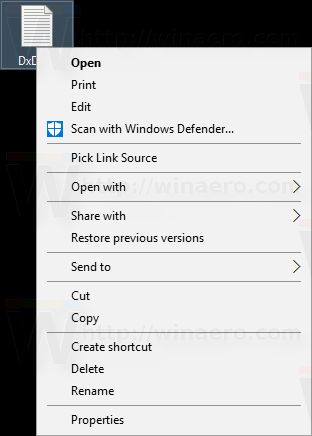
- Now, right click on the empty space in the target folder where your new link will be placed. You will see a new submenu "Drop as" which can be used to create a symbolic link or a hard link:
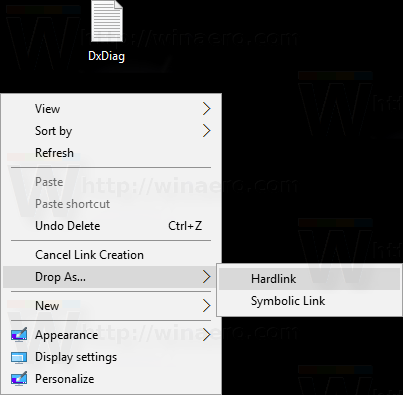
- Confirm the UAC prompt which will appear on the screen:

- The result will be as follows:
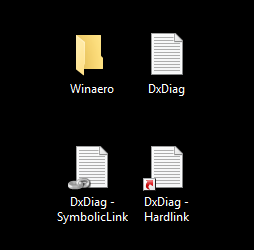
Now you can rename it.
As mentioned above, the application draws custom overlay icons depending on the link type. For directory junctions, it uses the same chain overlay icon. For symbolic links, it should use a green arrow overlay icon, but it does not work properly in my setup. For hard links, it uses a red arrow overlay icon. See the following screenshot:![]()
As mentioned in the previous article, Windows system files are mostly hard links to WinSxS components. Now you can easily see this by opening any system folder like c:\Windows: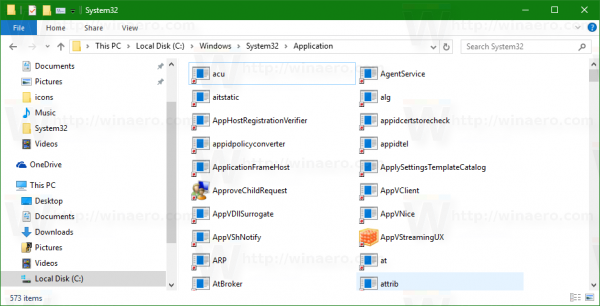
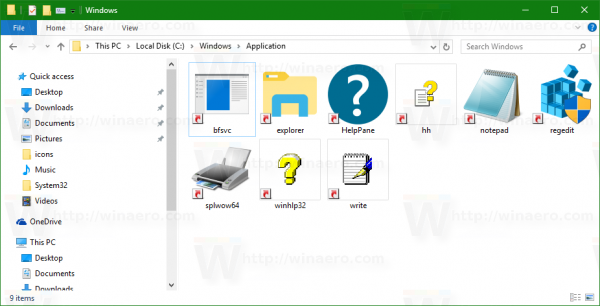
If you often work with symbolic links, Link Shell Extension is a helpful tool which can save your time. Using it, you can avoid typing commands and increase your productivity. The application supports all Windows versions which make use of the NTFS file system starting with Windows NT 4.0 and ending with the recently released Windows 10 Anniversary Update.
Support us
Winaero greatly relies on your support. You can help the site keep bringing you interesting and useful content and software by using these options:

Download link goes to some other website?
sure. I am not the author of the app.
but I do not see where to download it at that website? it is some cheat sheet
Sorry, I accidentally pasted the wrong link from the clipboard.
It is fixed now.
I think he means the download link goes to the wrong website.
thanks, corrected.